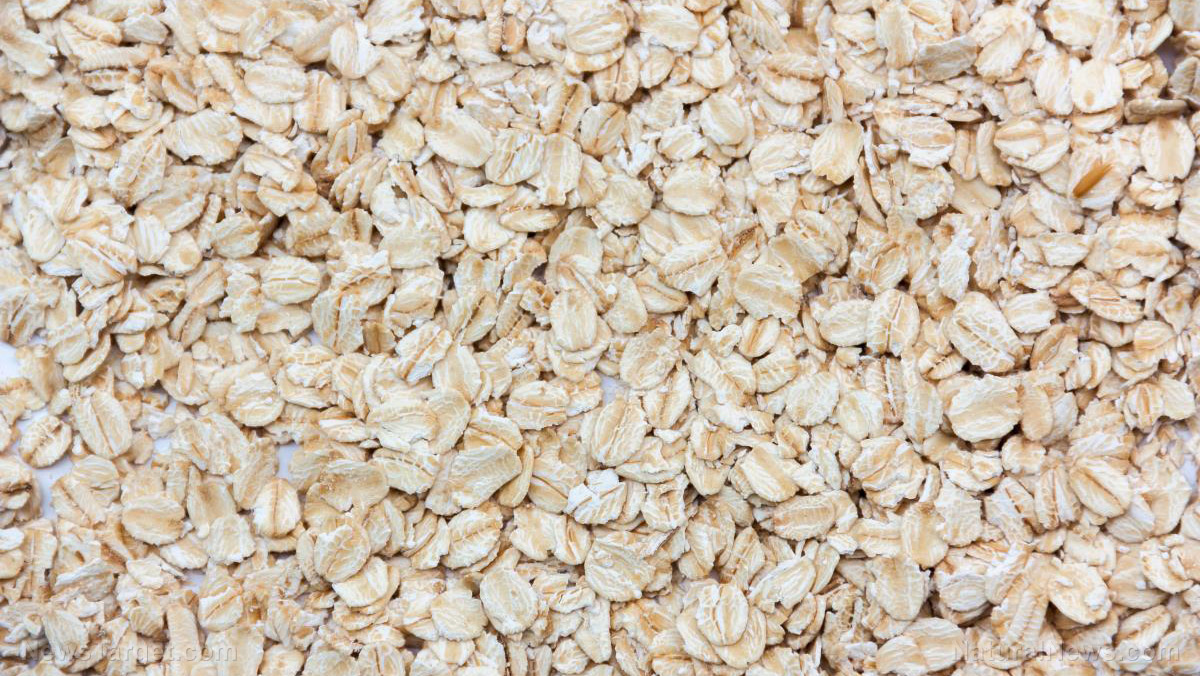Chlormequat crop chemical is hormonally castrating males and denaturing females, subtly depopulating the Earth
03/04/2024 / By Lance D Johnson

Chlormequat chloride, a plant growth regulator that is commonly used on grain crops, is silently damaging human populations by making men and women infertile. Chlormequat chloride not only reduces male and female fertility, but it also harms a developing fetus. In animal studies, the chemical transfers through breast milk, harming development. Scientists are seeing reproductive harms from chlormequat at doses lower than the daily allowable limit, yet regulatory agencies are allowing higher concentrations of the chemical in specific food crops.
Worse yet, human urine samples from 2017 to 2023 suggest that chlormequat is increasing in the food supply, and showing up at higher concentrations in the population. The population is unknowingly being inundated with a toxin that essentially denatures the female and hormonally castrates the male.
Chlormequat exposures are increasing in the U.S. population
Due to the chemical’s pervasiveness in the food supply, as documented in the Journal of Exposure Science & Environmental Epidemiology, the authors advise regulatory agencies to use more expansive toxicity testing to reduce chlormequat exposures. They also call for more stringent food monitoring systems. The latest toxicity data raise concerns about current chlormequat exposure levels in oat-based foods, for example. The authors are calling for more epidemiological studies to assess the health effects of chlormequat exposure in humans.
In the study, detection frequencies of chlormequat in 2017 were 69% of the urine samples. The frequency of chlormequat remained steady from 2018 to 2022, suggesting that the chemical, despite having a short half life, is continuously poisoning people via the food supply. By 2023, upwards of 90% of urine samples now contain concerning levels of chlormequat.
Currently in the US, this chemical is only allowed to be applied on ornamental plants. However, in 2018, the U.S. Environmental Protection Agency (EPA) decided to allow other countries to import foods into the United States that were treated with chlormequat. The wheat, oat and barley crops from the United Kingdom, European Union and Canada are treated with chlormequat, and the poison is currently making its way into American kitchens. Since 2018, Americans have been getting more chlormequat in their diet, through oatmeal, wheat-based products and cereals. In 2020, the EPA even increased the allowable limit of chlormequat in oat imports, a mistake that compromises human fertility.
Chlormequat is destroying male and female fertility
The first red flag for chlormequat was detected back in the 1980s when Danish pig farmers noticed a reproductive decline in pigs that were raised on chlormequat-treated grains.
When scientists investigated this issue in laboratory experiments on pigs and mice, they detected serious reproductive issues. The female pigs that were fed chlormequat-treated grains suffered through disruptions in their oestrus cycling. They had difficulty mating when compared to animals on a chlormequat-free diet.
When male mice were exposed to chlormequat during developmental phases, they suffered through significant decreases in testosterone and fertilization.
Further studies show that chlormequat delays the onset of puberty, reduces sperm motility and decreases the weight of male reproductive organs. Rats that were exposed to chlormequat during important phases of development saw heavy decreases in testosterone that affected their abilities later on in life.
Studies show that chlormequat does more damage than a typical endocrine-disrupting chemical. The evidence suggests that the damage goes beyond hormone disruption. Chlormequat elicits adverse effects through altered steroid biosynthesis and through the induction of endoplasmic reticulum stress. Due to these mechanisms of action, chlormequat can do damage during pregnancy — dysregulating fetal growth and metabolism. There is also evidence that the chemical can leach into breast milk; studies in pigs show that the chemical transfers to offspring. If the damage replicates in human populations, then these chemicals will cause trans-generational effects that damage the developmental and reproductive functions of the male and female.
Sources include:
Submit a correction >>
Tagged Under:
agicultural chemicals, allowable limits, chemicals, chlormequat, depopulation, endocrine disruption, EPA, fetal metabolism, food imports, food supply, food toxins, hormonal castration, Infertility, poisons, reproductive harms, research, toxic ingredients, toxins, transgenerational effects
This article may contain statements that reflect the opinion of the author
RECENT NEWS & ARTICLES
COPYRIGHT © 2017 TOXINS NEWS




















